40 interesting facts you didn't know about the Sun.
Perhaps most people only know that the Sun is the biggest and brightest star in the Solar System, providing sunlight and many nutrients - essential chemicals for life on Earth. In fact, there are many things about the Sun that will make you dizzy and unimaginable when you hear it.
The sun is at the center of the Solar System , which plays a very important role in maintaining development on Earth. This ball of fire marks the passage of time, providing the necessary substances and light to nourish humans and plants and animals on our planet. In addition, the Sun also created some very beautiful visual effects in the sky - when you think about everything the Sun has done for humans, you can understand why some ancient cultures worship the Sun again as a god. And when you read the interesting facts about the Sun below, you will surely be surprised at our star as well as the ancient races. Let's take a look at 40 interesting facts about the Sun you may not know yet!
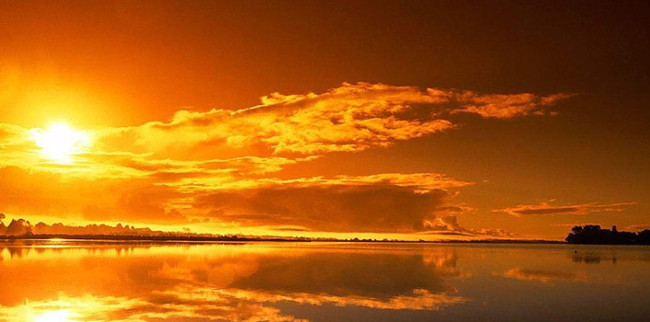
1. Amazingly, the weight of the Sun weighs 1.989.1 billion billion kilograms, nearly equal to the weight of 330,060 Earth!
2. If the inside of the Sun is completely empty, it can fill it with 960,000 Earth-shaped spheres. However, if the Earth is squeezed inside the hollow Sun, it can fill up to 1.3 million Earth flattened, without wasted space.
3. The surface area of the Sun is 11.990 times greater than the surface of the Earth.
4. Our Sun is just one of 100 billion stars in the Milky Way.
5. Many people believe that there are 9 planets around the Sun in the Solar System: Mercury, Venus, Earth, Mars, Jupiter, Saturn, Uranus and Neptune. However, according to science, there are only 8 planets because Pluto - also known as dwarf planet - orbits compared to the other 8 planets should be kicked out of the Solar System. [Space Science: The order of 8 (or 9) planets in the Solar System]
6. In addition to Pluto, there are 4 other stars that orbit the Sun but are lost in orbit, namely: Ceres (the smallest dwarf planet), Haumer, Makemake and Eris.
7. The sun has the right size, shape, brightness, temperature, age and distance to perfectly fit life on Earth. If one of these indicators is misleading, even if it's just a very small deviation, then perhaps our life on Earth doesn't exist.
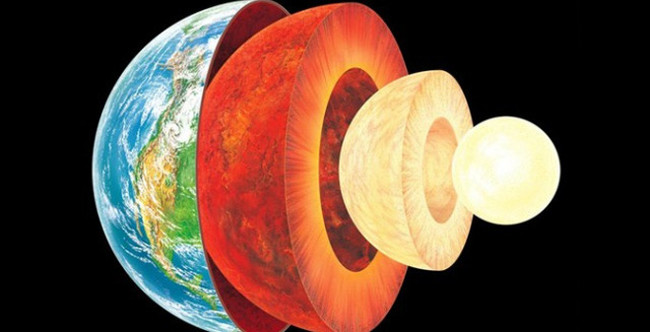
8. The Sun is formed and has a " life cycle " similar to other stars: it starts with a cloud of gas dust called Nebula . Initially, this cloud of dust is very dense, the temperature is about -226 degrees Celsius. Then due to the attraction between one particle and the other, the parts of the cloud start to collide and form clusters called " Proto-Stars - original stars ".
9. During the " Proto-Stars - original star " collision process, gravitational energy is transformed, friction generates heat and these "original star" clusters burn brightly to form red. Keep going on until enough heat creates a nuclear reaction inside the core that loses the natural attraction and thus the "original star" clusters gradually form a massive star called the Sun now.
10. With more than 4.6 billion years old, the Sun is considered a " middle-aged " dwarf - meaning the Sun has "lived" half of its life and is now known as a golden dwarf.
11. When the Sun burns all the hydrogen gas inside, it will turn to burning helium in about 130 million years. During that time, the Sun will become so big that it will swallow Mercury, Venus and Earth. At that time the Sun will become " Red Giant ".
12. After the Sun has switched to the " Red Giant " stage, the Sun's outer shell will be ejected (almost degenerated) and the core will slowly shrink. This process is known as a nebula planet, defined as a layer of hot gas expelled from a star and experienced the final stage in the evolution of a star.
13. During this period, the remaining part of the Sun retains its massive mass, but is only approximately equal to the mass of the planet Earth. At this time, the Sun will be surrounded by clusters of nebulae and is called a white dwarf (White Dwarf).
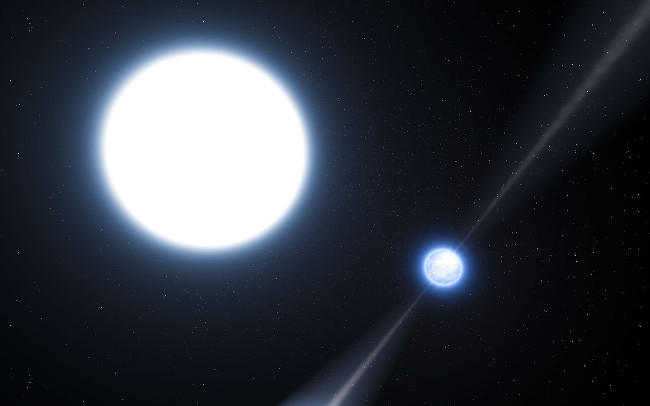
14. The mass of the Sun's massive gas accounts for 99.86% of the total mass of the solar system.
15. The Sun consists of about 75% of hydrogen and 25% of helium, other metals account for only 0.1% of the Sun's gas mass.
16. The Sun is surrounded by a powerful flow of plasma, called "corona" (corona) - in Latin meaning " mouth ". The sun's corona halo can reach millions of kilometers in space and is most easily seen in the total solar eclipse.
17. However, there is a device similar to a telescope called coronaghaph, with this glass you can easily see what is closest to the Sun without flaring or ruining the eye. In addition, you can admire other planets, even close to comets.
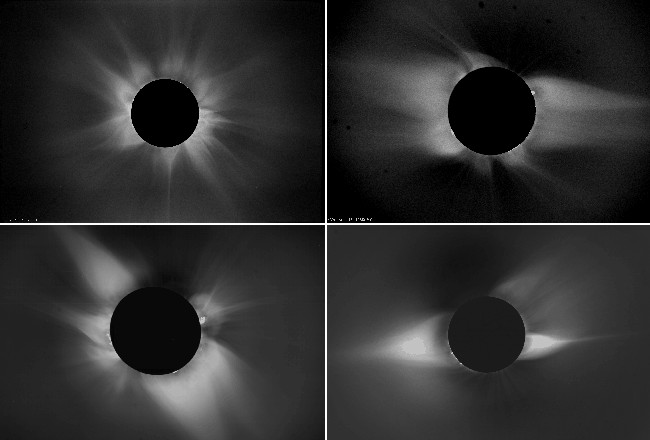
18. With a distance of 150 million kilometers from the Sun to Earth, light from the Sun takes 8 minutes 20 seconds to reach the Earth's surface.
19. Although light rays (including infrared and ultraviolet rays) from the Sun take less than 10 minutes to reach the Earth, it takes millions of years for these rays to come from the Core Heaven came to the surface.
20. The average distance from the Sun to Earth is about 150 million km, but in fact, this distance always has a significant shift. The reason is that because the Earth revolves around the Sun forming an ellipse, the distance can be changed, the closest is 147 million km and the farthest is 152 million km. The distance between the Sun and the Earth is also calculated in astronomical units ( Astronomical Unit - AU ).
21. If we departed from Earth with a normal plane with a speed of 664km / h, it would take up to 20 years without stopping to reach the Sun.
22. The Sun's equatorial diameter is roughly equal to its bipolar diameter of about 10 km, meaning that the Sun is almost a perfect sphere. But now, the Sun is not the most perfect sphere in the Solar System, because the most perfect sphere is Venus.
23. Our planet Earth takes 24 hours to spin around its axis, and the Sun takes 25 days to spin around its axis. But 25 days is in the equator; at the Suns, it takes 36 days to complete one cycle. This is why the Sun's rotation speed is inversely proportional to the latitude. When combined with the tilt of the Sun axis, the higher the latitude, the slower the rotation speed. Imagine that if you plug a pencil through the apple in one corner, it will protrude at the top and bottom of the apple. Now, if you rotate the apple, the middle part of the apple will spin faster than the corner of the apple.
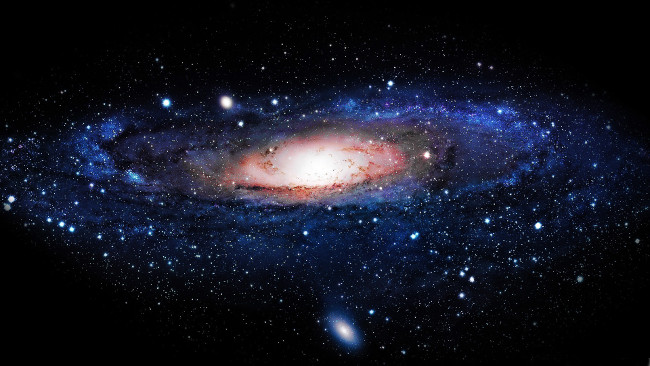
24. The Sun is about 24 to 26 thousand light-years from the center of the galaxy and it takes up to 225 to 250 million solar years to complete one revolution.
25. Suppose that the Sun revolves around the center of the Milky Way, taking up to 225 to 250 million years at an average speed of 220 km / sec (about 136.7 miles / sec).
26. The energy in the Sun's core is produced by nuclear reactions when hydrogen particles are burned into helium particles. The Sun can then produce around 386 billion MW (megawatts).
27. In fact, helium gas is lighter than hydrogen gas so when the hydrogen particle aggregates into helium particles in the Sun's core, its mass will be reduced a little.
28. During the sun's nuclear reaction, the core temperature can reach 150 million degrees Celsius.
29. The surface of the Sun has a temperature of about 5,500 degrees Celsius, although it seems much cooler here than the core.
30. Nuclear reactions in the Sun's core cause tremendous heat and cause the core to expand. Without the massive attraction inside, the Sun exploded like a bomb.
31. The Sun has a very strong magnetic field , which is why magnetic storms occur. During the period of magnetic storms, it is possible to see storms from the Sun through images: they are small black nodules or "Sunspots - Sunspots " . In the word storm, the magnetic lines will twist and spin like similar cyclones on Earth.
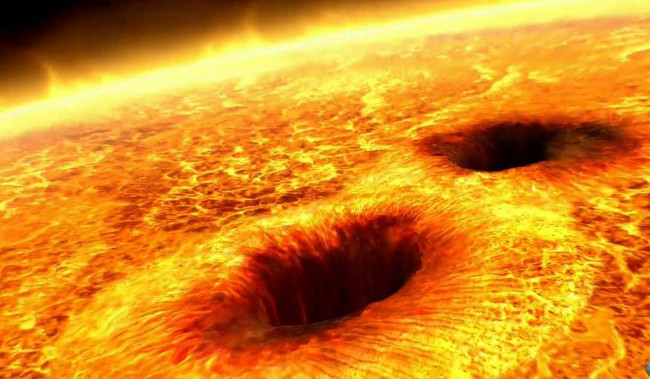
32. The most frequent Sun's " Sunspots - Sunspot " storms have occurred over the past 11 years, meaning that the Sun has one cycle of that behavior every 11 years.
33. Sometimes the Sun creates something called the solar wind, which is charged particles like protons and electrons, which are ejected and "blown" throughout the solar system at a rate of about 450 km / s.
34. These solar winds are created when electrons and protons accumulate enough electricity and momentum to escape the center of the Sun, beyond its enormous attraction.
35. The winds from the Sun can cause interference on Earth and disturb the orbit of the spacecraft.
36. In addition, the solar wind produces a number of polar aurora phenomena, the phenomenon of comet tails and the Aurora Borealis or The Northern Lights, "Latin sunrise" ") is also caused by these winds.
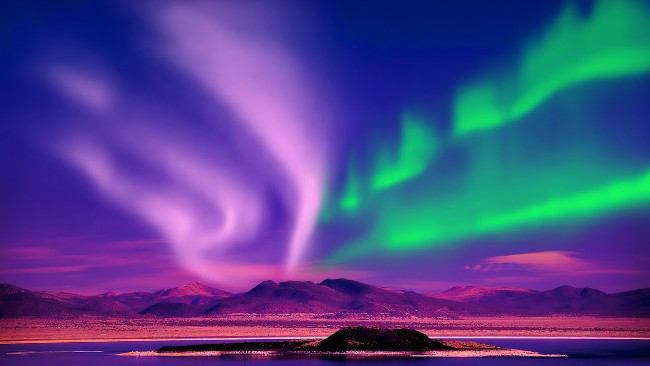
37. Earth-like planets with strong magnetic fields often deflect winds from the Sun, causing them to be pushed back and unable to contact the planet's surface.
38. Throughout human history, the Sun has a great influence on ancient culture. The Sun is often referred to as the giver and many cultures of the past glorified the Sun as a god. The Egyptians worshiped the Sun God as Ra and the Sun god of the Aztecs was Tonatiuh.
39. Centuries ago, astrologers considered the Earth the center of the universe and the Sun always revolved around the Earth. They claim that the Moon is the closest planet to the Earth, then to Venus, Mercury or the Sun.
40. Assuming the Sun loses its shining surface, the whole world will be in darkness. Although in fact, the Sun's surface is so bright that it will make your retina burn long, but its core is completely black.
Refer to some more articles:
- When can the position of the "9th planet" in the solar system be determined?
- Photos of the 9th planet in our solar system
- The interesting fact about the universe is not quite the same as what we thought
Having fun!
You should read it
- The interesting fact about the universe is not quite the same as what we thought
- 10 interesting facts about the Earth you may not know
- How big is the solar system?
- How hot is the planet of Mercury?
- 12 strange and interesting facts about the universe: How many of you know?
- How far is the distance from Earth to Mercury?
- 12 interesting facts about Red Planet - Mars may not be known
- It turns out 15 'facts' about the Earth and the universe that we still believe is completely wrong
- 14 interesting facts about the universe amaze you
- Interesting discovery of strange planets outside the solar system
- Learn about the secret of Mercury formation
- If 'stray' to any planet in the solar system, what is your chance of survival?
May be interested

How fast can a rocket fly to win gravity and escape the Earth?

Detects the hottest outer planet in the universe, with temperatures up to 4,327 ° C

What 'terrible' will happen if the Earth suddenly stops spinning?

Did you know: Mars, Venus has rotten egg smell and the Moon smells of gunpowder

Strange worms grow 2 heads when living for 5 weeks in the universe

Science explains why Venus has so few volcanoes





 15 interesting facts about DRAGON phenomenon you may not know
15 interesting facts about DRAGON phenomenon you may not know 11 interesting and quirky historical facts that make everyone think it's a joke
11 interesting and quirky historical facts that make everyone think it's a joke 12 interesting facts about food that everyone should know
12 interesting facts about food that everyone should know 21 interesting facts about the human body not everyone knows
21 interesting facts about the human body not everyone knows Interesting facts that can change the way you see the world
Interesting facts that can change the way you see the world Interesting scientific facts surprise you
Interesting scientific facts surprise you